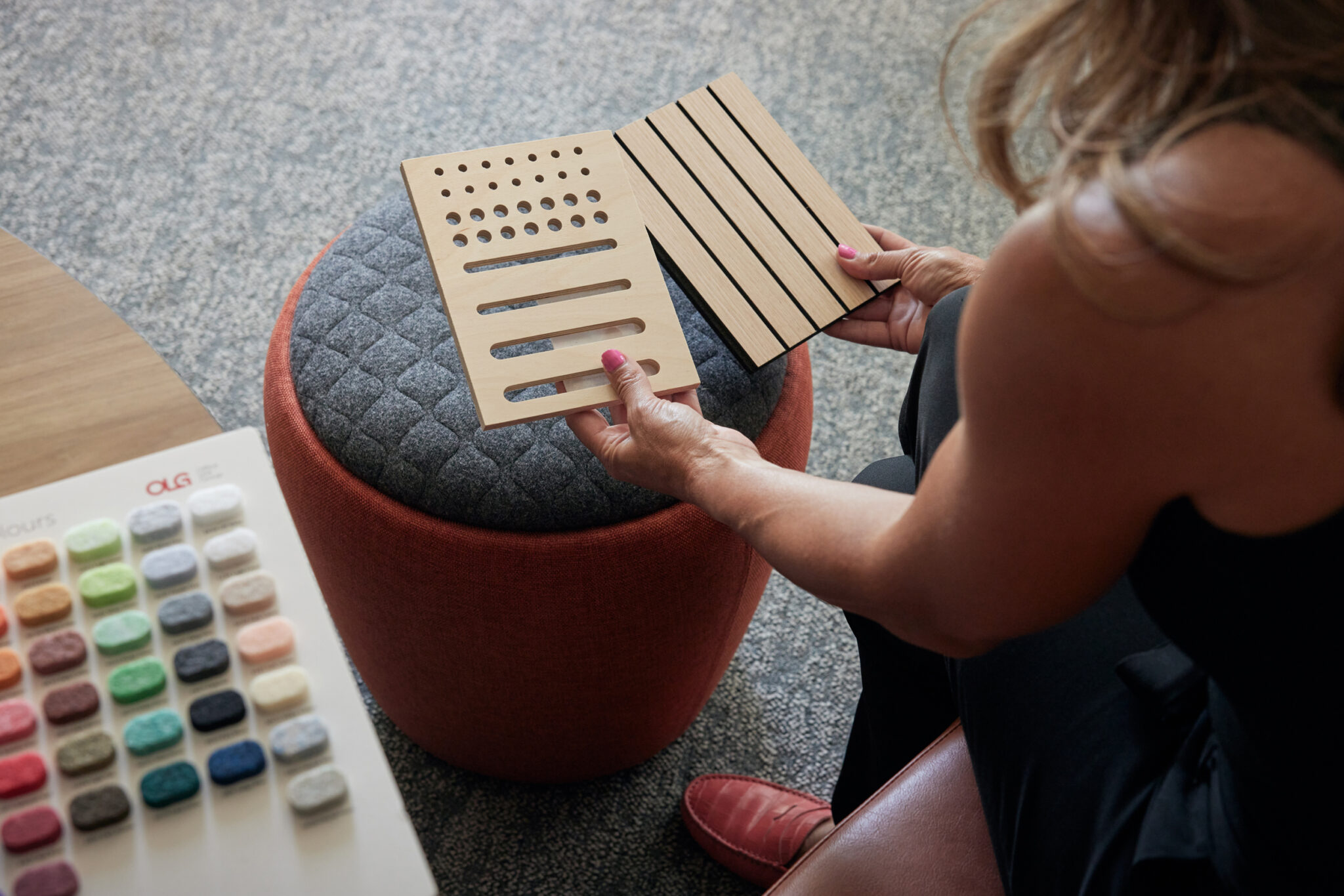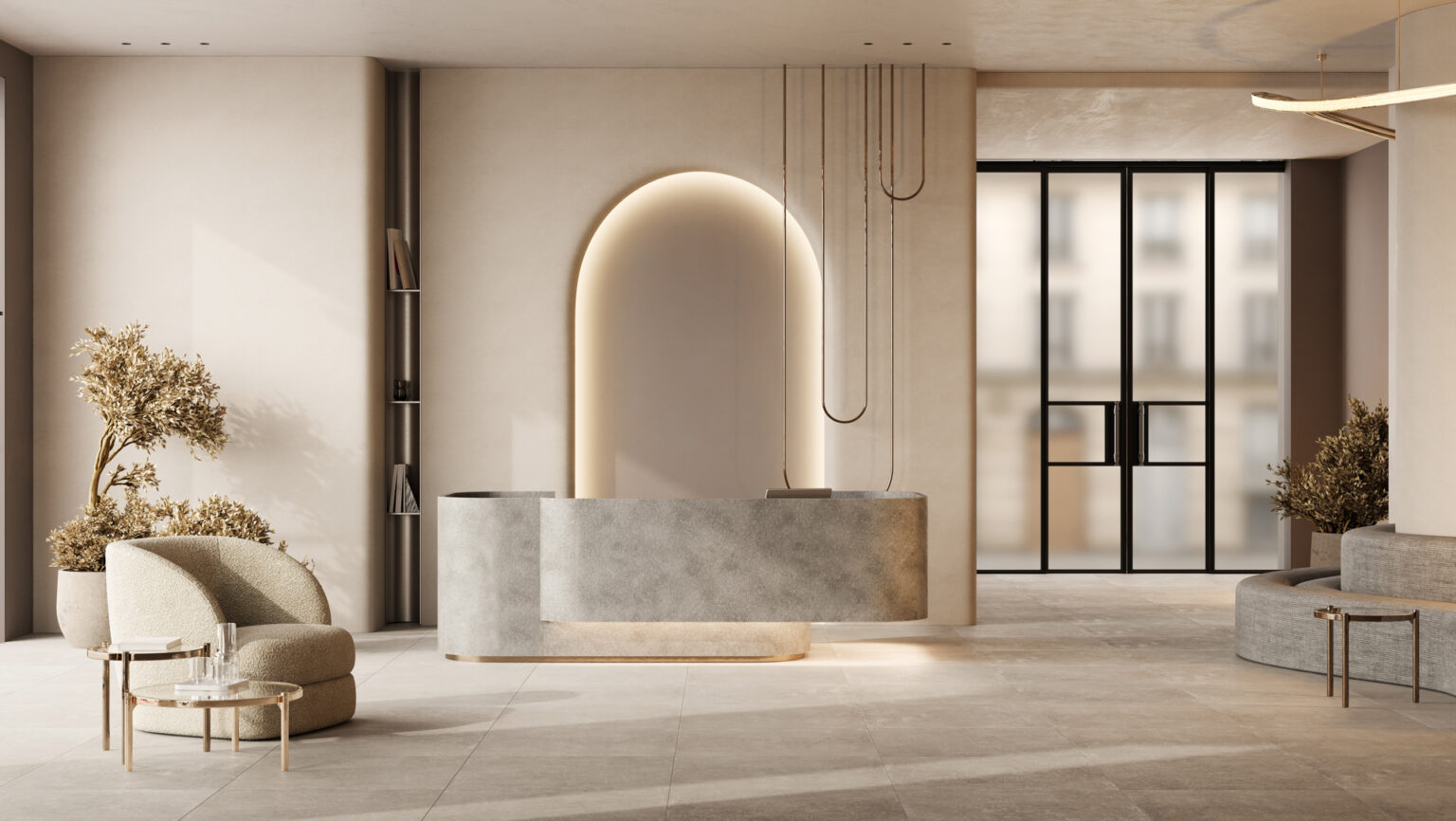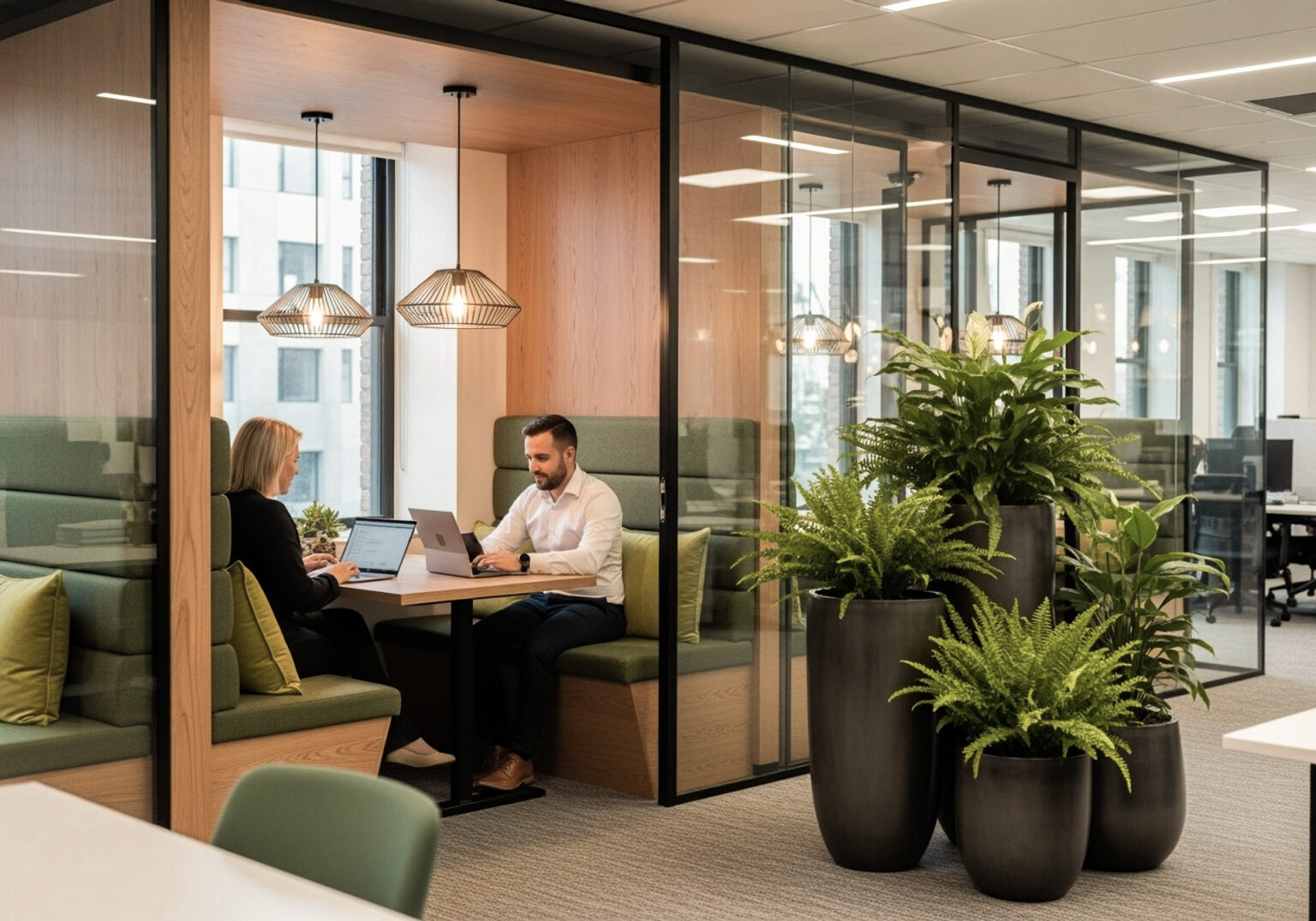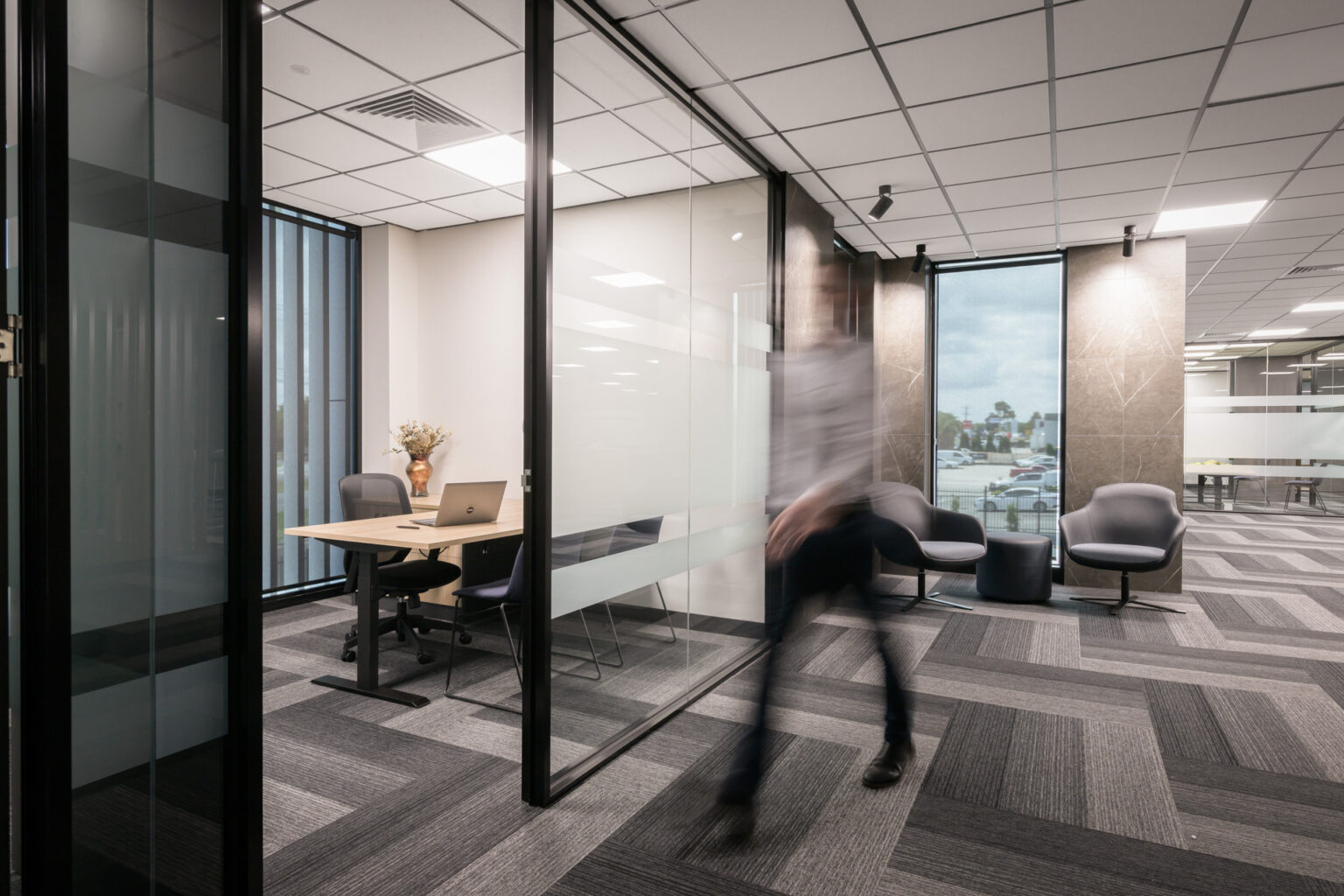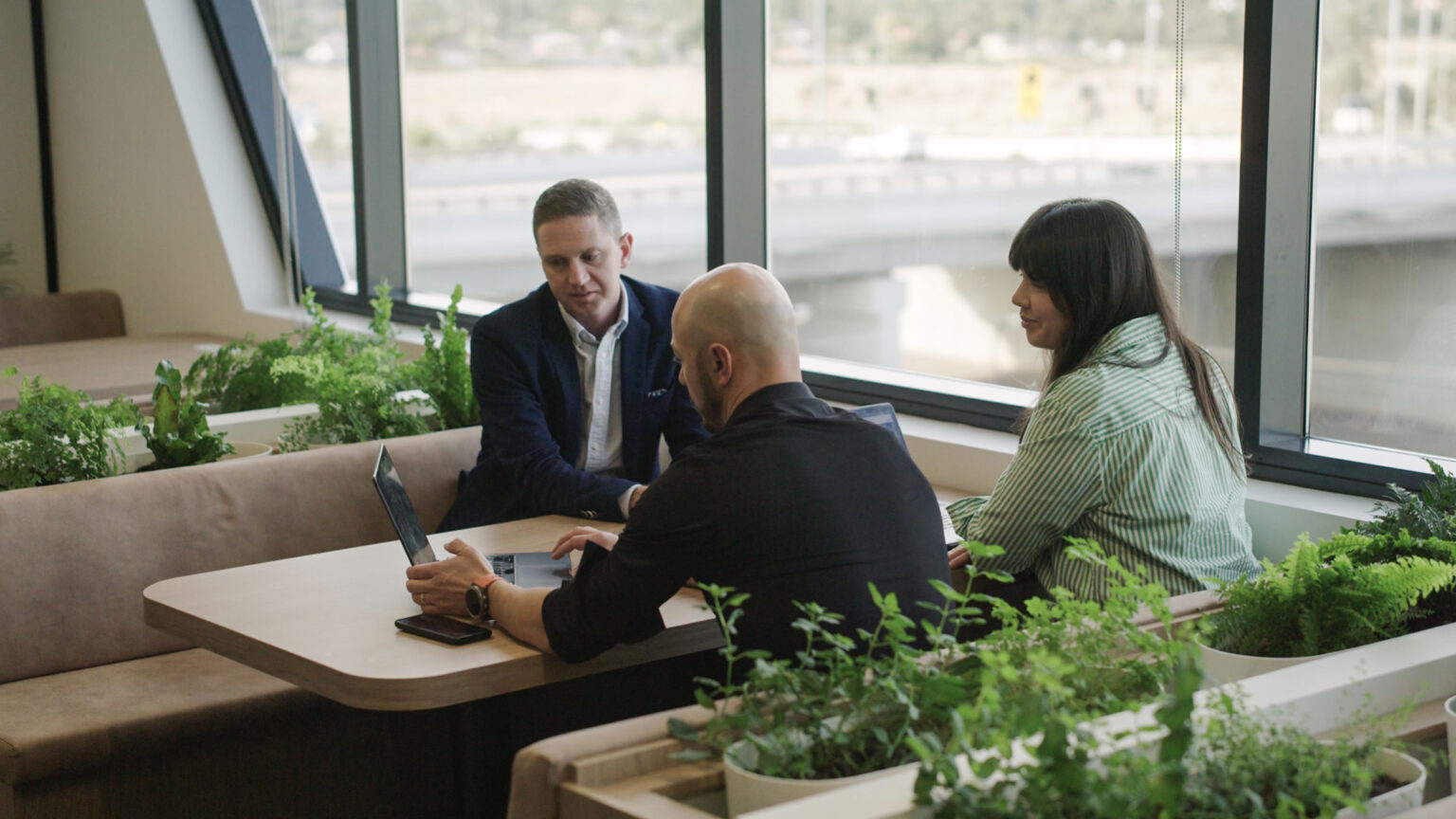Creating a Flexible Workspace for a Dynamic Workforce
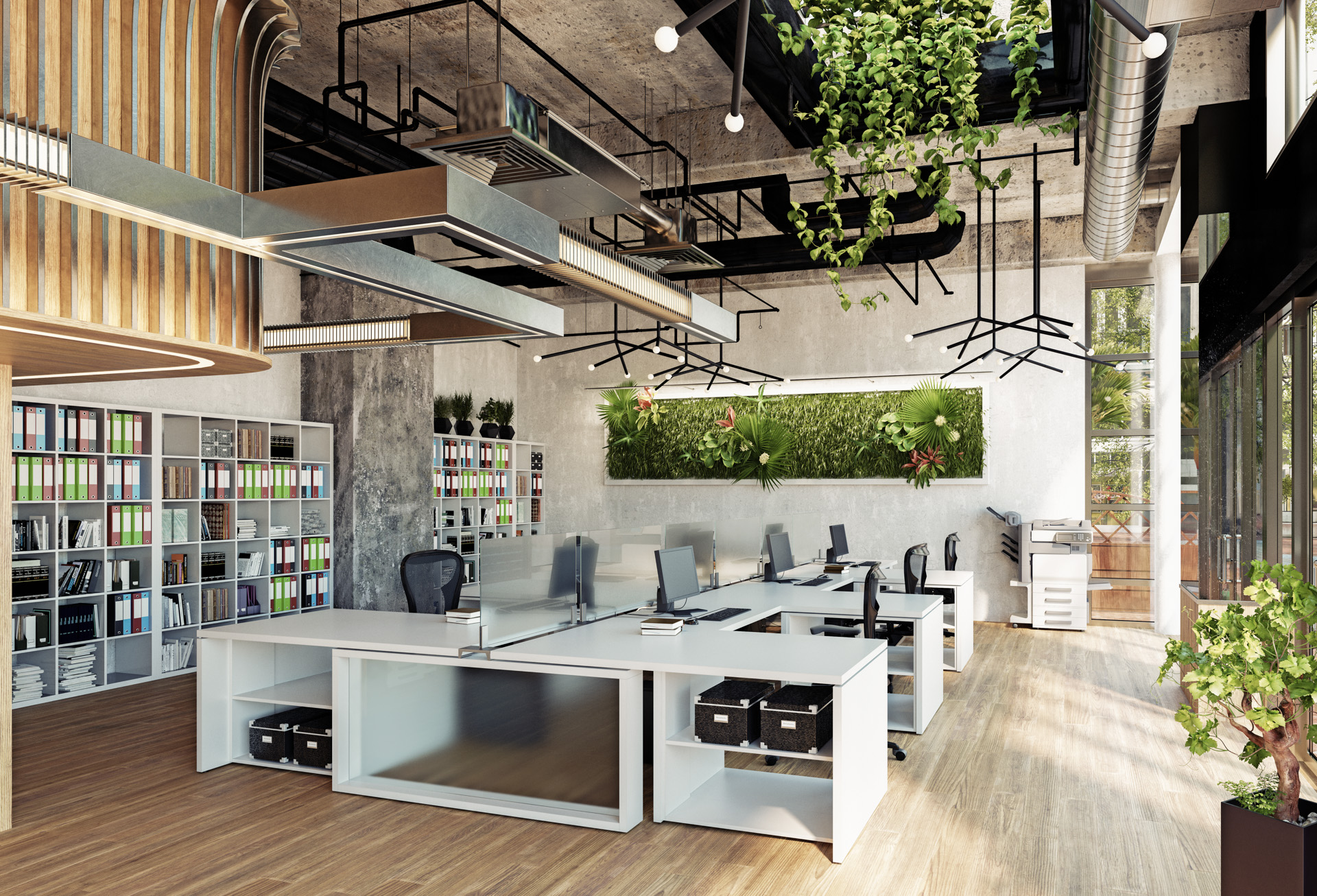
While we’re inclined to see the flexible workspace revolution as the product of a post pandemic world, real change was in play well prior to 2019.
With the rise of the tech giants and so many well documented insights into the colourful dynamics of the thriving Google and Apple workplaces, savvy business owners could see the writing on the wall from at least the early 2000s.
People centricity pays. It pays in productivity, creativity, innovation, and efficiency, and it pays in the type of loyalty that only stems from true employee satisfaction.
What is flexible working?
A flexible working arrangement (FWA) prioritises human need, health and well-being, both physical and mental.
- In terms of location, flexible working means the option to work from home or work from anywhere (WFA) if need be
- In terms of scheduling, it means the option to adjust work hours to facilitate a better work-life balance and eliminate stress, while staying within the bounds of contractual obligation.
FWA and remote work options needed the push of the pandemic to phase them out of the ‘experimental’ and into the ‘new normal’. Covid-19 drove the global workforce to re-evaluate the imperative of maintaining a work-life balance. To put things into perspective, this and other surveys point to more than half of the world’s workers being prepared to quit their jobs if flexible solutions and remote work options are not on offer.
Where necessity goes, industry follows, and with the amount of research and innovation that’s gone into facilitating this new frontier, the future looks bright for businesses transitioning from traditional to more flexible work arrangements.

What is a flexible workspace?
Flexible workspaces and arrangements are founded on the principle that human beings are the centre of the workplace.
The fact is, not all business models allow for remote work and FWA solutions. In many other business cases, it is simply not an option. Remote work doesn’t suit every business, every worker role or every task, and days spent in the office will never be entirely a thing of the past. That’s where flexible workspace design comes in.
Remember, people centricity pays, and it can be expressed in more than just your worker location and scheduling arrangements. The freedom to be human is at the heart of creativity and innovation, while the freedom to move and find comfort is at the heart of productive efficiency. People centricity means money.
To garner value from human nature and prioritise worker wellbeing, companies offer flexible workspaces in which employees will be stimulated by their work environment, facilitated by their options, and inspired by distinctive days moving through diverse combinations of interactive and secluded spaces. A far cry from desk-bound work days blending into one.
Diversity should be more than a hallmark of our inclusive workforce; it should be a hallmark of our workspaces too. We should be invited to customise spaces for comfort or switch spaces for utility as and when the human need arises. Workers and their moods are diverse, days and tasks are diverse, and businesses need to accommodate this diversity through ergonomics and flexibility of workspace design.
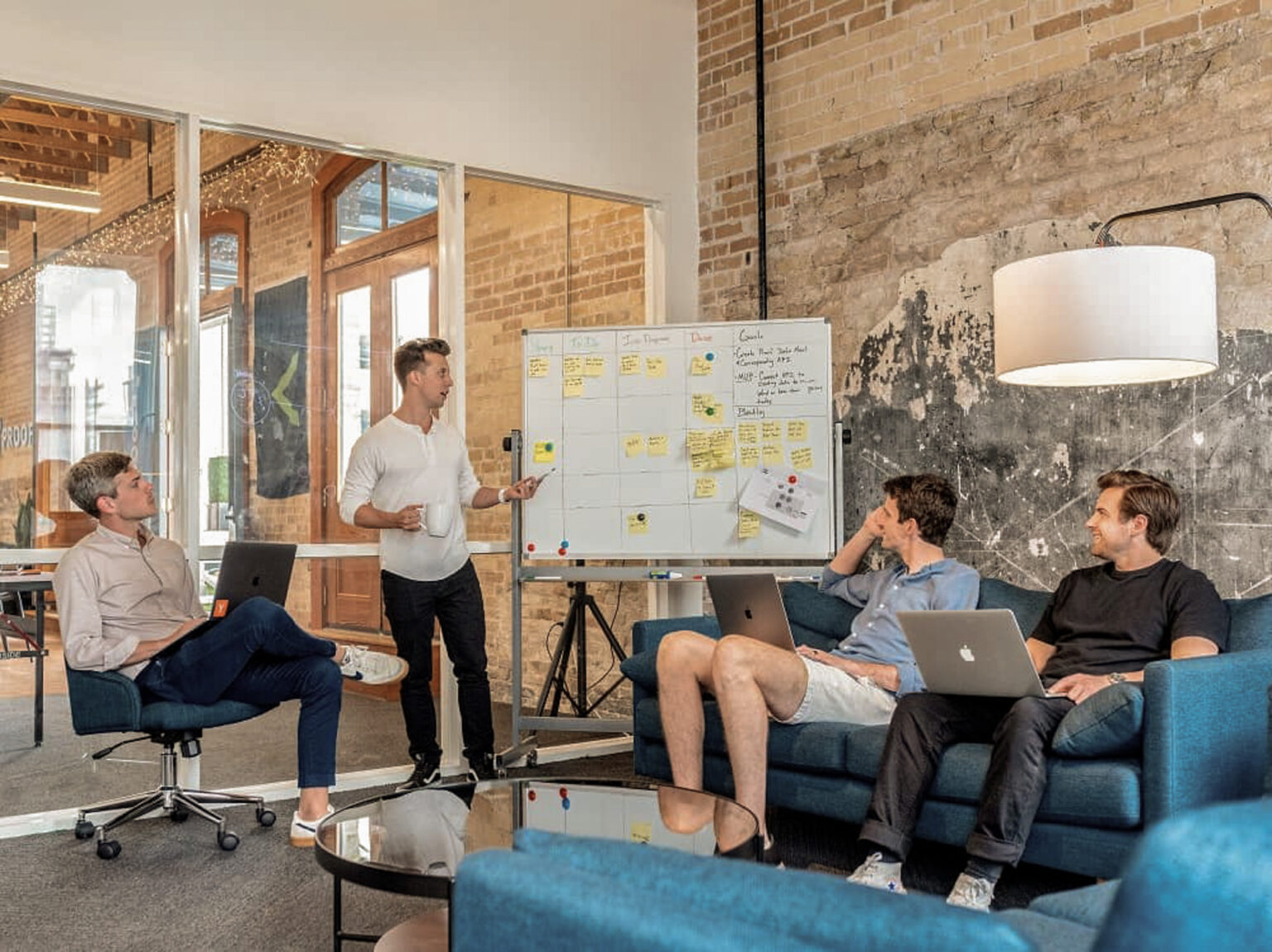
What are the benefits of a flexible workspace?
1) Improved employee engagement
Research published in the IOST Journal of Humanities and Social Sciences finds that the workplace engagement of the rising Generation Z workforce is directly proportional to the work-life balance (WLB) allowed by their organisation.
This means flexible workspaces with considerate, customisable design features that make employees feel valued, while enhancing their ability to focus.
This means dedicated collaboration spaces, quiet focus spaces or sound-proof video conferencing booths, combined with highly customisable furnishings, features and tools that allow workers to shape workspace environments to their preference, mood and task.
2) Attract and retain the best talent
This combination of open collaborative spaces and features that invite personalisation convey the sense that workers are valued as individual contributors and are not just expendable means to a profitable end.
The expression of value through both ergonomic design and design-facilitated employee culture leaves a powerful impression on top talent walking in the door and goes a long way to stopping that same talent from walking out

3) Improved collaboration
Extensive research and surveys into the now maturing and dominant millennial workforce has found that, unlike prior generations, the lines between work and home life are not nearly so boldly drawn. To quote:
“The need for belonging, connection and contributing to a greater good (and a sense of meaning in work) is very important to this highly collaborative generation.”
This is even more true for Generation Z.
The important thing is, when trying to inspire collaboration through design, balance is key. Flexible workspaces should support a range of working styles, including we-time, me-time, one-on-one time and more.
4) Elevated creativity and innovation
Traditional office design has dampening effects on collaboration, creativity, and innovation. Flexible workspaces offer free-flow, dynamic arrangements with contemporary colours, artworks, textures and comfortable, movable furnishings.
Flexible workspaces offer non-traditional means of sharing, meeting, testing and implementing, and are a sure-fire way to spark creative innovation and collaboration in your workforce.

5) Increased productivity and efficiency
Contrary to popular assumption, sterile, colourless confines, cubicles, boardrooms and offices do not aid focus, productivity or efficiency in any way. Quite the opposite, in fact.
Structural impositions and the sheer lack of spacial diversity that marks so many traditional workplace floor-plans are a thing of the past, not just because it’s what employees want, but because it boosts the bottom line.
Uniformity and restrictive design, with a lack of adjustability and ergonomic considerations have been shown to lower worker engagement, productivity, and efficiency.
6) Increased space utilisation
Remote working and flexible working arrangements can mean a waste of space and money without flexible workspace design and sensor-based workplace analytics.
By installing sensors that measure the presence and flow of workers through various spaces during their workdays and weeks, business owners can make informed adjustments to flexible spaces that add utility and value in unused areas, expand high-demand areas, capitalise on space; and even to downsize to smaller offices when appropriate.
This means increased space utilisation and the option to add value to spaces in response to real worker dynamics – driving worker engagement and saving you money.
7) Enhanced culture
There is not one benefit mentioned above that doesn’t directly impact and mould your organisation’s employee culture.
Flexible, collaborative environments combat employee withdrawal, apathy, and stress; they drive social engagement and constructive physical movement, which in turn aids wellbeing.
Flexible workplaces inspire contribution and consistent worker involvement, and they create a sense of belonging to a meaningful whole that is greater than the sum of its parts.
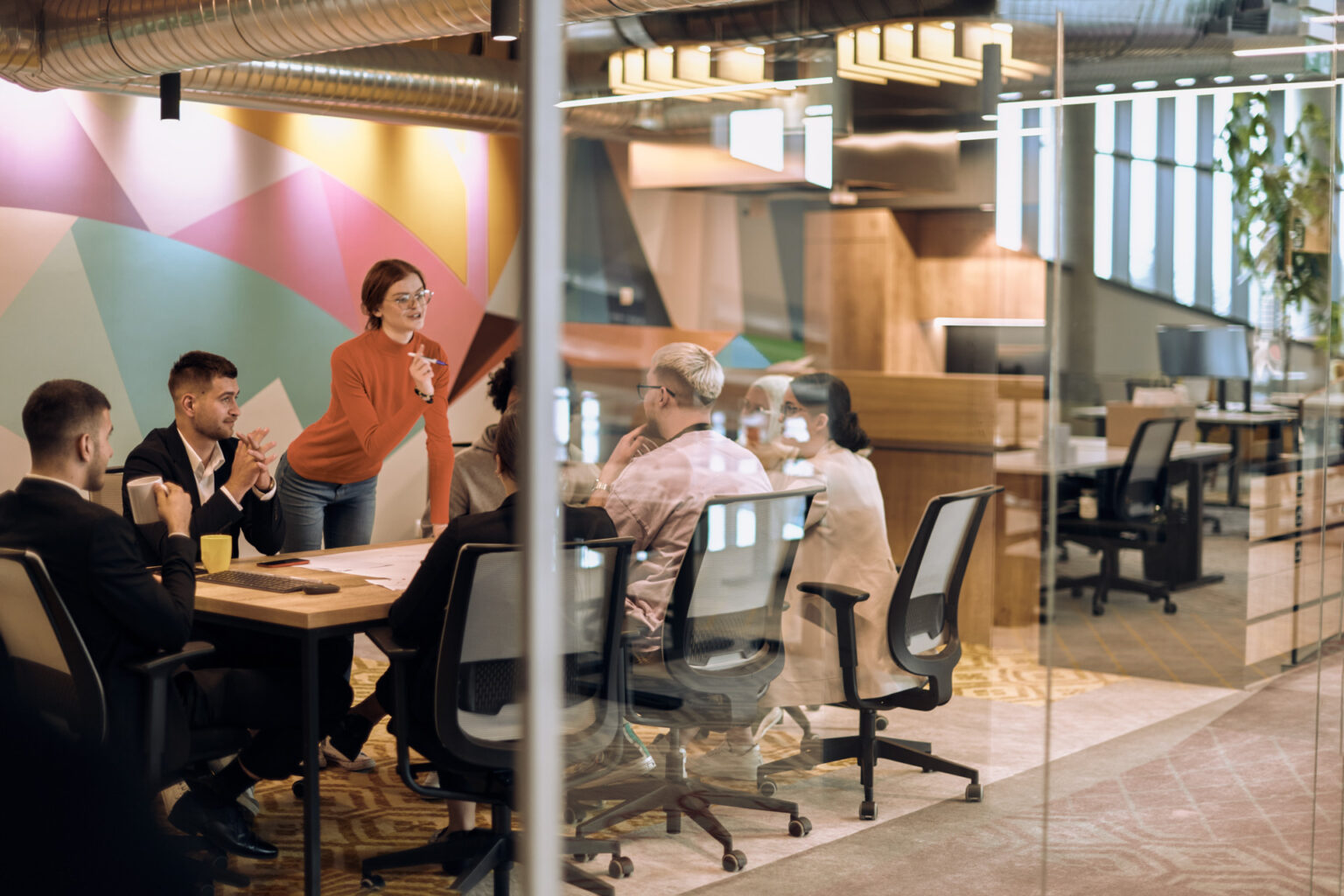
Examples of flexible workspaces
1) Collaboration spaces
These include purpose-built areas, booths, and rooms where people can collaborate in big teams, small groups, and on-on-one. These areas should cover various collaborative modes including brainstorming, collaborative research, informing and presentation, as well as simple connection and socialisation.
Collaborative tools, furnishings and spaces include:
- enclosed round-table areas with a mix of solid and transparent walls that allow both privacy and the impression of an open floorplan
- huddle nooks, scattered open lounges and moveable ottomans, where various small groups can collaborate simultaneously
- spaces with integrated tables, whiteboard walls and writeable, tactile surfaces
- spaces with integrated hubs and media options for users to connect and collaborate with remote team members.
2) Flexible meeting spaces
Besides the flexible collaborative space options mentioned above, these include areas with configurable walls and partitions, pull-out hubs and surfaces, and movable furnishings that support both traditional and non-traditional meeting types, including traditional table-top brainstorming and standing SCRUM sessions, for example.
3) Breakout areas
These include:
- Games, sport, yoga, and gym areas
- Quiet meditative spaces
- Breakout pods and relaxation booths where workers can connect in person and remotely with colleagues.
These also include various refreshment areas, in line with the ‘always no more than 150 feet from food’ rule that’s applied at Google headquarters. Believe it or not, quick access to refreshment saves time, boosts engagement, and vastly benefits employee bonding and culture.
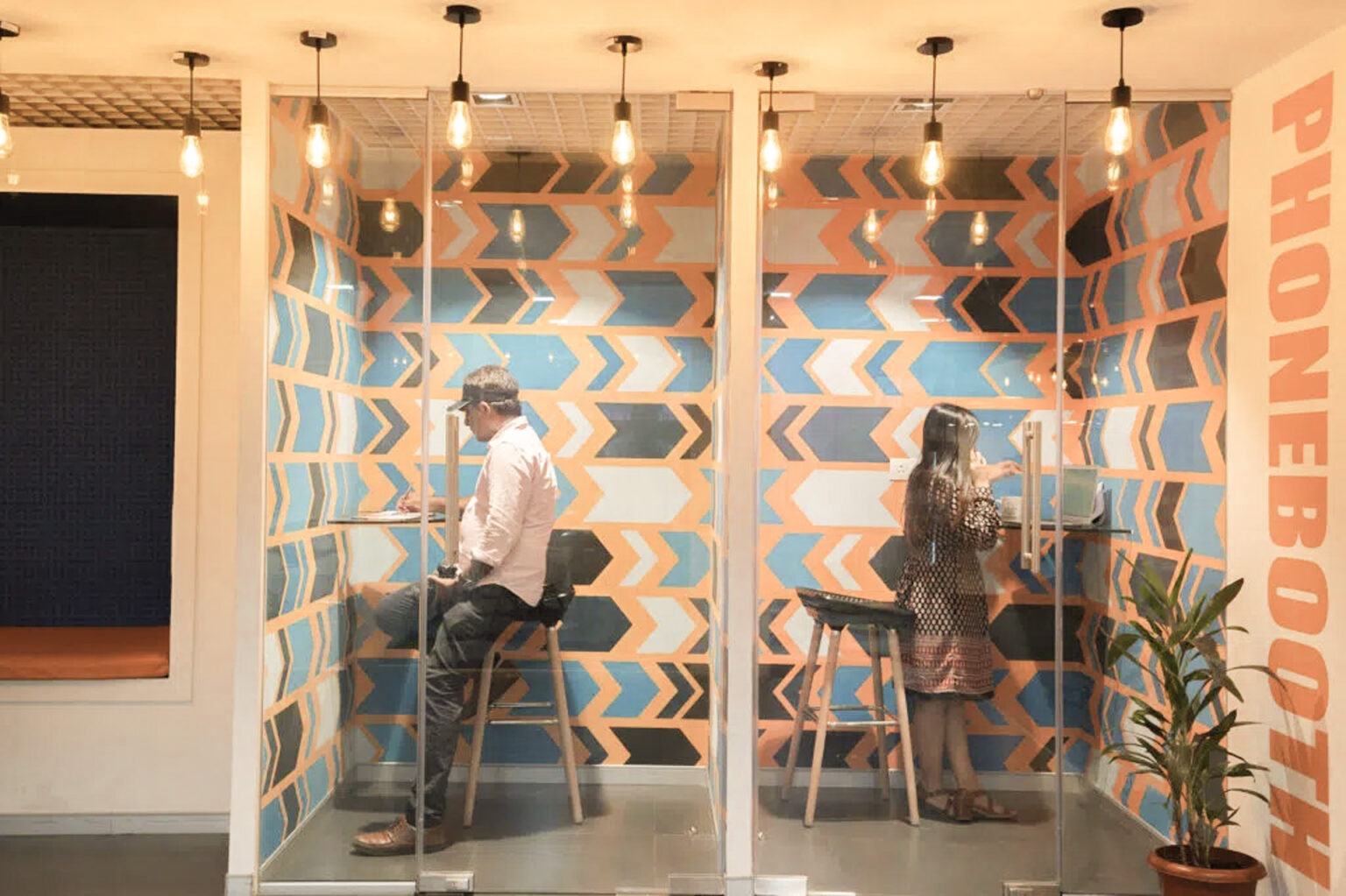
4) Informal meeting areas
Informal meeting areas are those in which workers can both take a break and collaborate at the same time.
These include:
- comfortable connection booths
- lounge areas
- café areas
- libraries
- gyms and game rooms
- Areas where employees can enjoy sunlight and fresh air while connecting with others.
5) Quiet zones
Focus rooms and quiet zones are a must-have for the contemporary flexible workplace.
To support your open floorplan and make it sustainable for all work types, employees need the option to move to or enclose themselves in private, silent spaces where they can make uninterrupted phone-call or troubleshoot complex problems in peace.
These include enclosed and soundproof booths, as well as designated quiet zones like libraries and reference corners, mediation rooms and more.
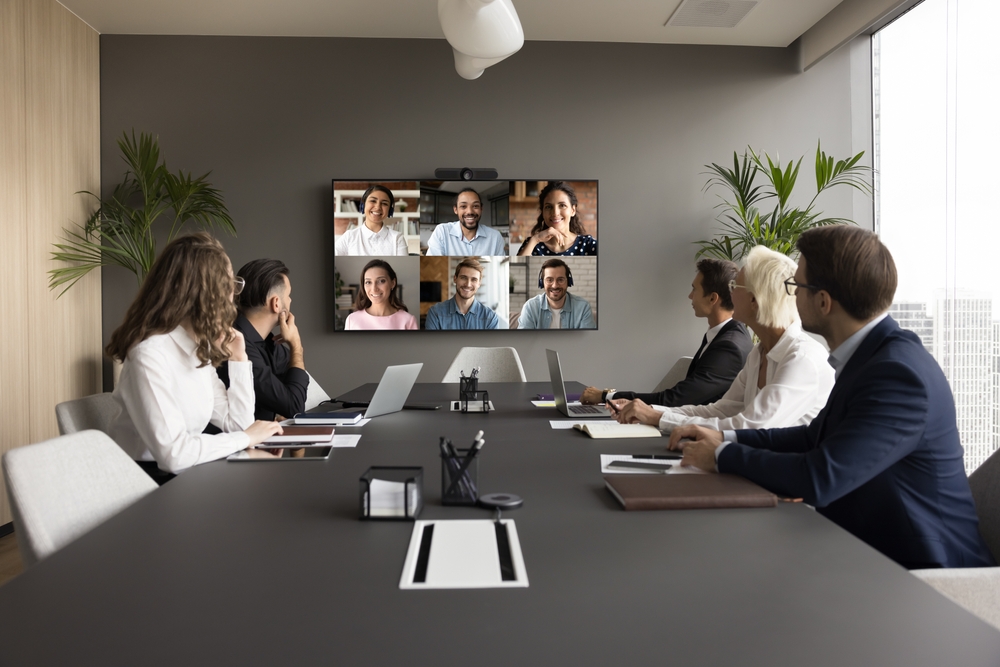
6) Adaptable furniture
Adaptable furniture is your key to efficient space utilisation, boosted productivity and elevated worker engagement. Adaptable furniture includes:
- movable partitions
- adjustable seating, ottomans, beanbags and modular couches
- configurable sit/stand desk solutions, preferably with wheels
- adjustable length workstation, lounge and meeting tables
- modular booths and presentation rooms
- multi-purpose furniture
- whiteboard tables and blackboard walls
- tech-integrated workstations
7) Technology that allows people to connect and collaborate easily
With part of your workforce likely enjoying remote work, it’s essential that online collaboration be facilitated in your meeting rooms and at your workstations.
This includes integrated online conferencing hubs with access to digital whiteboards, project management software, and shared editing tools, as well as built-in access points like wall-tablets, phone and conference booths, and more.
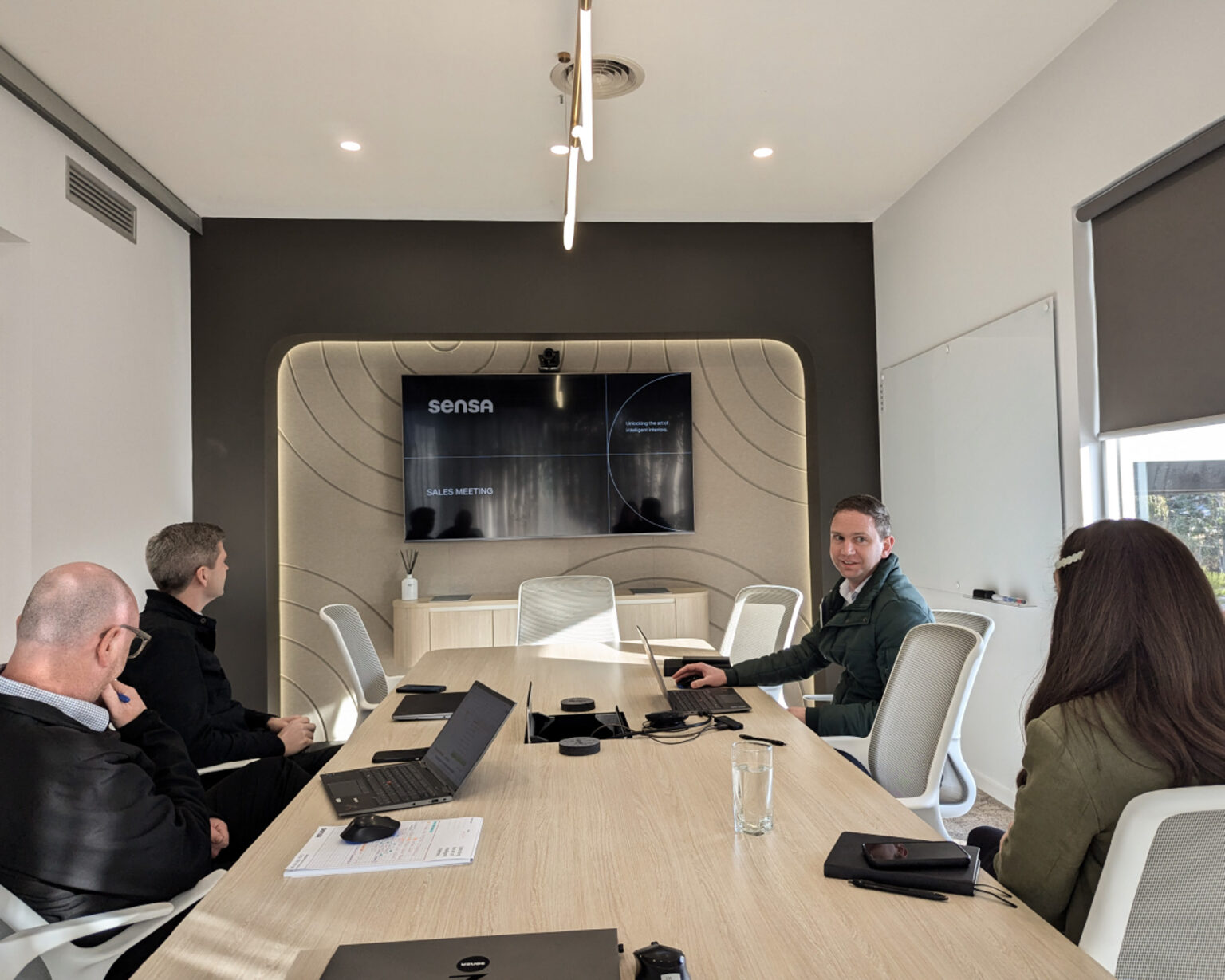
How to design a more flexible workspace
To retain top talent and engage your workers, you need to communicate the value that you place on your staff members as individuals and as teams of thinking, feeling, dynamic human beings. You can do this by making your workspaces adaptable, ergonomic and agile.
This means making lives easier for employees through access to:
- the right technology
- daylight and elements of nature
- comfortable, adjustable, and movable seating in both private and collaborative spaces
- both seated and standing desks
- adequate storage in workstations with high levels of user control
- purpose built spaces in which others are easy to find and interact with.
To inspire collaboration and boost employee culture, flexible workspaces should facilitate collaborative activities through various modes, including relaxed, side by side work; brainstorming; implementation; relaxation, and refreshment; and straight team building and socialisation.
To drive creativity and innovation, flexible workplaces should offer a balance of indoor and outdoor spaces; breakout areas; spacious, open-air offices with diverse scatterings of comfortable nooks and purpose-built rooms, booths, libraries, and stations where your people can enjoy a free-flowing balance between me-time and we-time.
To increase productivity and efficiency through workspace design, it’s vital that you consider the flow of movement as workers access various workstations, areas, and utility zones throughout the day. Customisability and ergonomics limit distraction and the need for excessive leg-stretches and breaks, while clear, purpose-built spaces limit indecision and confusion about where to undertake a given task.
For efficient and effective space utilisation, real consideration of the size and needs of your workforce, in terms of tools, technology, furnishings and space will limit double booking, waiting, wondering and time-wasting. Space utilisation technology and built-in workspace analytics will also help you in this regard.
But can you really benefit from workplace analysis technology in a way that doesn’t negatively impact your workers or bank balance in the process? Of course, you can through contemporary flexible and adaptable workspace construction, design, and furnishing, as offered by Bowen Interiors.
After all, why construct a wall when you can just move one?
In conclusion
Renovation, relocation and upheaval are rarely necessary in a flexibly designed and dynamic human workplace.
Sensa Interiors allow you to hit the ground running with transformative commercial space construction, refurbishment and design solutions that allow for easy adjustment, streamlined utilisation, employee satisfaction, and maximised profits for your business.
Contact us today to discuss your workspace design and office space planning needs.
